Milan is, arguably, one of the most underrated cities in all of Italy — and I’m not just saying that because I grew up there.
Editor’s note: This article is part of our series on travel guides to your favorite destinations. Check out our Rome, Vienna, Budapest, Kraków, Toronto, Berlin and New York City guides, and look out for guides to other cities coming soon.
At first glance, Milan might not seem as majestic and scenic as Rome or Florence, but this northern town is actually rich with cultural pursuits that are sure to delight any type of wanderer.
More specifically, Milan is one of the country’s premiere Jewish centers, with kosher restaurants to show for it, a fact that comes as no surprise given the city’s history, dating back to the Roman Empire.
Today, about 12,000 Jews live in Milan, making it the largest Jewish community in Italy after Rome.
Below is a rundown of what to see, where to go, and of course, what to eat while exploring Milan. Fair warning, though: after reading this guide, you might just find yourself impulsively searching for the next available flight out!
Where to go
Sinagoga Centrale di Milano (Central Synagogue)
A brisk 10-minute walk from the famous Duomo of Milano is the city’s main synagogue, commonly known as Sinagoga Centrale di Milano (“The Central Synagogue of Milan”). It was first built in 1892 and subsequently rebuilt and renovated in 1947 and 1997.
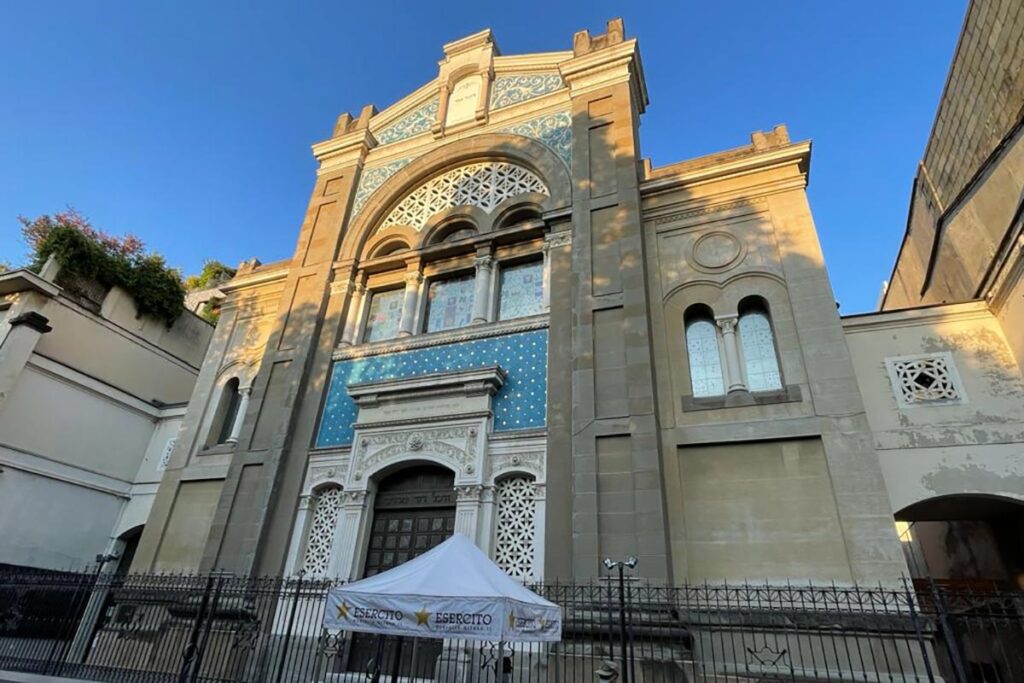
The main religious center for the local community, the synagogue is astoundingly beautiful, seamlessly blending various design themes. What particularly stands out are the 23 multicolored windows featuring a rich collage of Judaic symbols, from Magen Davids and Hebrew letters to a shofar and a lulav.
Fun fact: these captivating windows are the masterpieces of the renowned New York artist, Roger Selden.
Memoriale della Shoah (Holocaust Memorial)
This memorial, located at Milan’s main railway station, Milano Centrale, is one of Europe’s most significant historical landmarks reflecting its somber past.
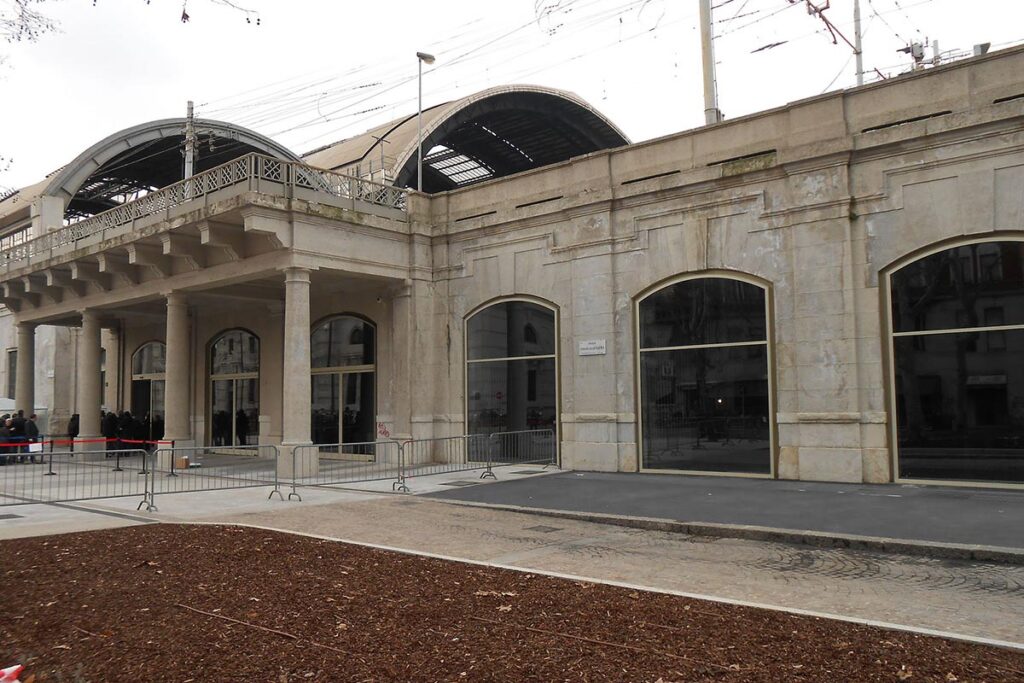
World War II cast a terrifying shadow over Milan, particularly at the San Vittore Prison, where up to 1,200 Jewish prisoners were detained. From here, Jews were taken to the secret underground Platform 21 within the railway station, where they were deported, mostly to Auschwitz. Chillingly, for decades following the war, the existence of the platform remained largely unknown to the public.
It wasn’t until 1995 that a local Catholic organization reached out to Milan’s Jewish community to inform them of this grim platform.
A few years later, in 2002, plans to turn the platform into a memorial started unfolding. The site was officially inaugurated in January 2013, on Holocaust Remembrance Day. Visitors today are met with the two freight cars used for the deathly deportations and a wall bearing the names of all those who were forcibly taken from the station.
Riparto Ebraico del Cimitero Monumentale (Jewish Section of the Monumental Cemetery)
Established in 1872, the Jewish section of the Cimitero Monumentale replaced three older Jewish cemeteries that are no longer in existence.
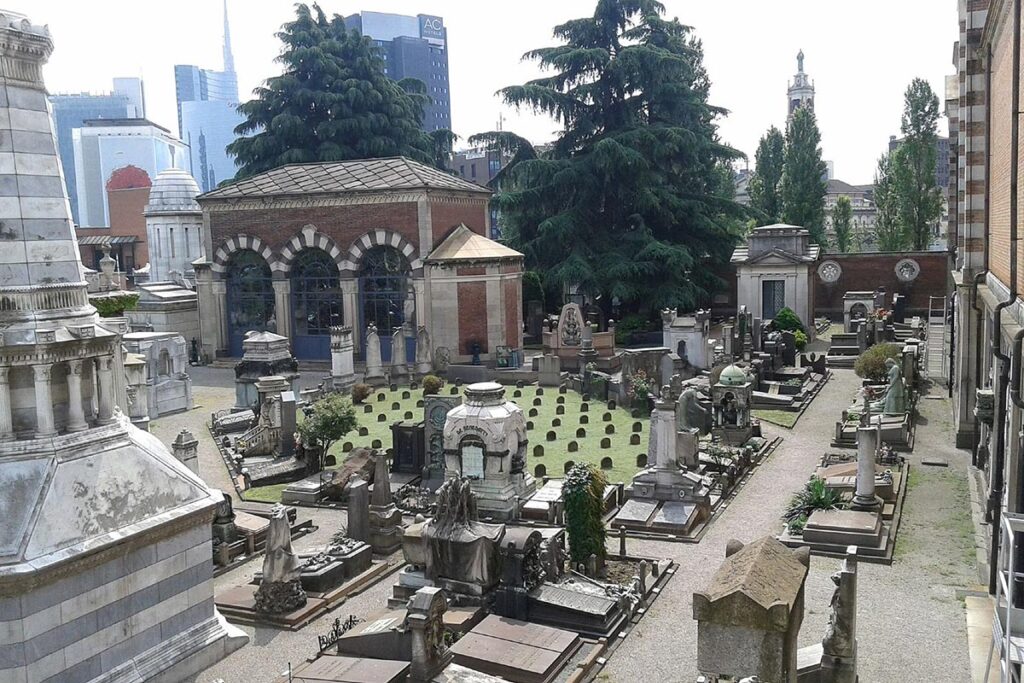
The difference between the Jewish and non-Jewish burial sites on premise is pretty striking — many Jewish graves are covered with stones instead of flowers, a practice rooted in Jewish tradition.
Here, you can also visit a monument dedicated to the Jews who perished in the Holocaust, and step inside a special ceremonial hall used by the local community. Once inside, notice the glass windows celebrating the 12 tribes of Israel. These glass windows, inspired by the famous work of Jewish artist Marc Chagall, were designed by Milanese artist Diego Ardemagni.
Centro di Documentazione Ebraica Contemporanea (Jewish Contemporary Documentation Center)
Just steps away from the Stazione Centrale, Milan’s main train station, lies the Jewish Contemporary Documentation Center, which houses research about the lives and culture of Jews in Italy, particularly focusing on the Shoah and contemporary history.
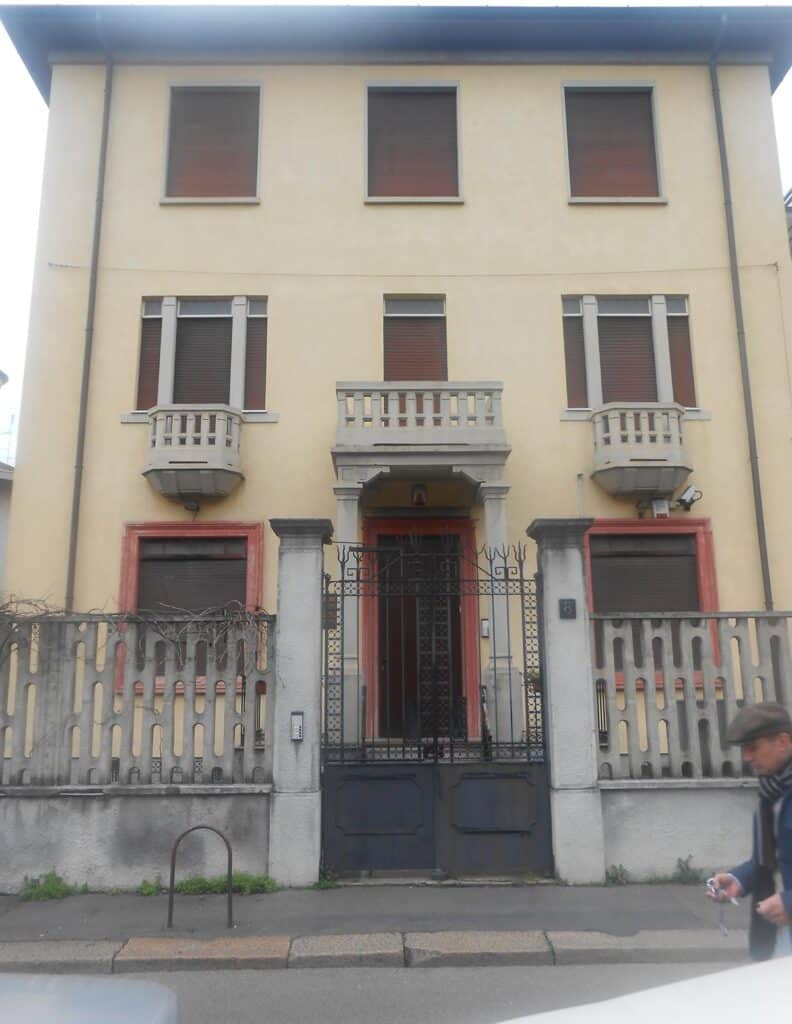
Here, you can browse important historical documents, peruse a wide selection of books, and learn more about the story of Jews in the country.
Founded as a non-profit by an Italian Jewish youth movement in 1955, the center now operates as a media hub, a library, and a historical archive, collecting the stories and voices of the past.
Where to eat
In Milan, the culinary scene is as rich and varied as its history, including its Jewish heritage. You’ll find plenty of kosher restaurants in the city.
At Ba Ghetto — located in Via Sardegna, just a few minutes away from the National Theater — you can indulge in Judeo-Roman cuisine including pasta dishes, grilled meats and fish, falafel, and the quintessential local treat: fried artichokes Jewish style.
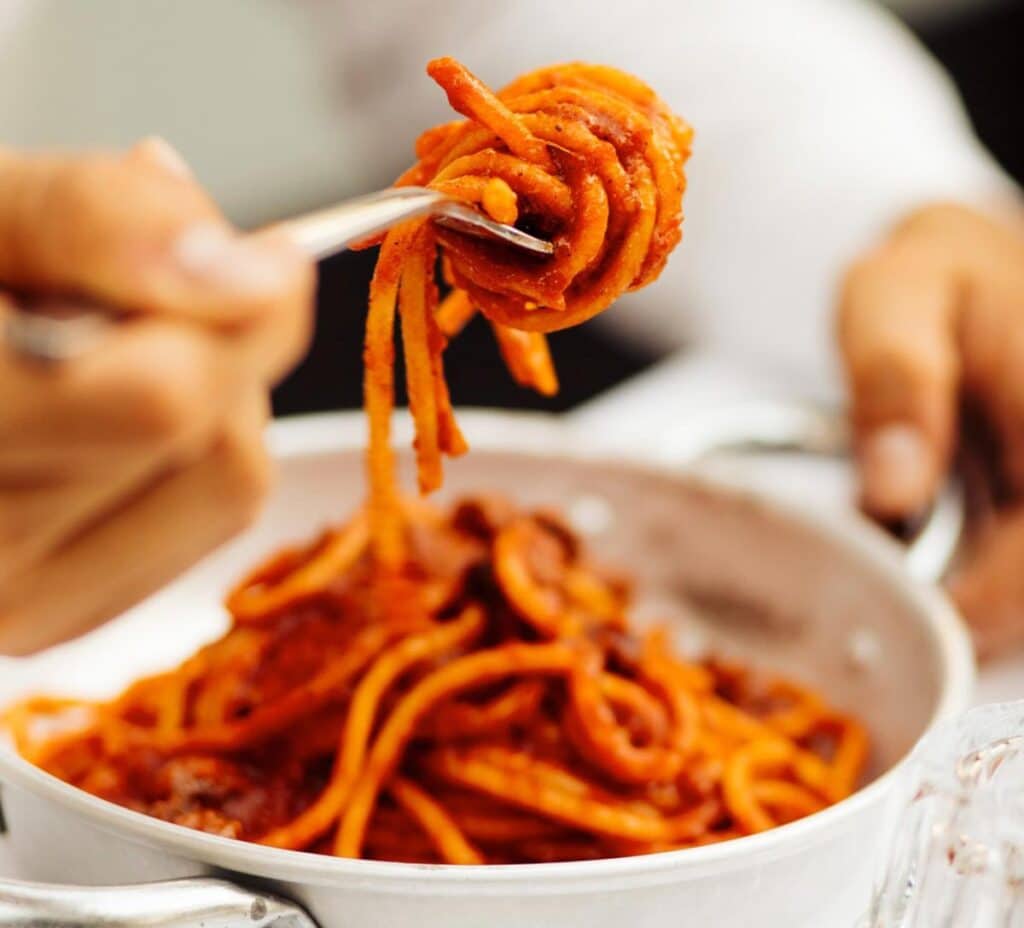
Not as fancy but just-as-delicious is Denzel, where the burgers, wings and steaks are always perfectly cooked and the staff is incredibly accommodating.
Right next door to Denzel is the relatively new Snubar, which focuses on Lebanese cuisine. Try the flavorful kibbeh meatballs, taboule salad, shawarma wrapped in a lafa, arayes (meat-stuffed pita), or manaish (Middle Eastern pizza) with zaatar.
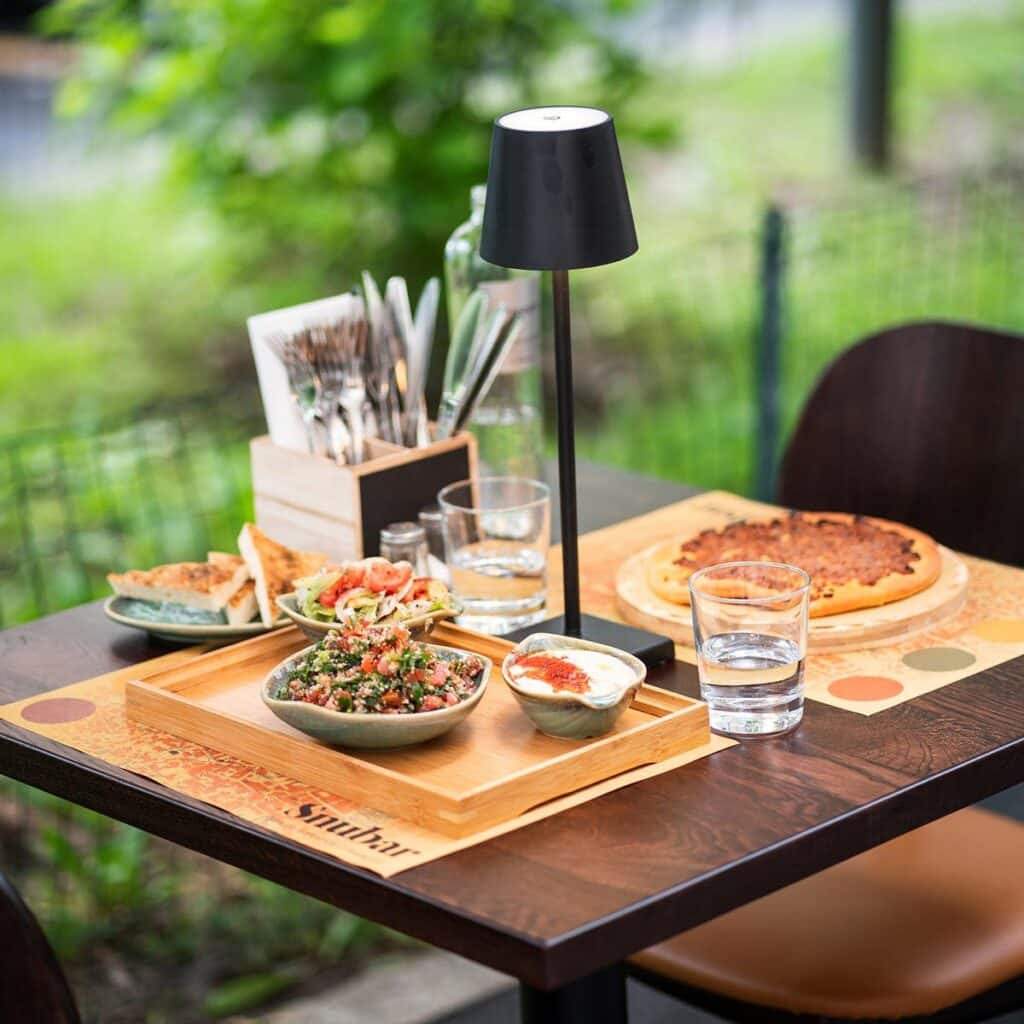
If you’re craving dairy food, head to Carmel, a low-key pizzeria serving kosher pies and pasta that will delight, and revive, your taste buds.
My Kafé is yet another dairy culinary destination, ideal for a quick lunch. It’s one of, if not the only, restaurant in Milan to serve bagels. Other standout menu items include piadine, the traditional thin Italian flatbreads filled with a variety of ingredients, and the plate of smoked salmon with zucchini, avocado, tomatoes and corn.
Where to spend Shabbat
A key detail for those observing traditional practices: Milan does not have an eruv. However, the city’s Jewish presence ensures that you’re never too far from a synagogue. Beyond the central synagogue, several others are scattered throughout the city.
There is also a Chabad in town, which hosts Shabbat meals and can assist with arranging your stay in Shabbat-friendly accommodations. You can either set up meals through Chabad’s website or make a pre-paid reservation at Ba Ghetto.
When will you be visiting Milan? Let us know on Instagram, Twitter, and TikTok!


